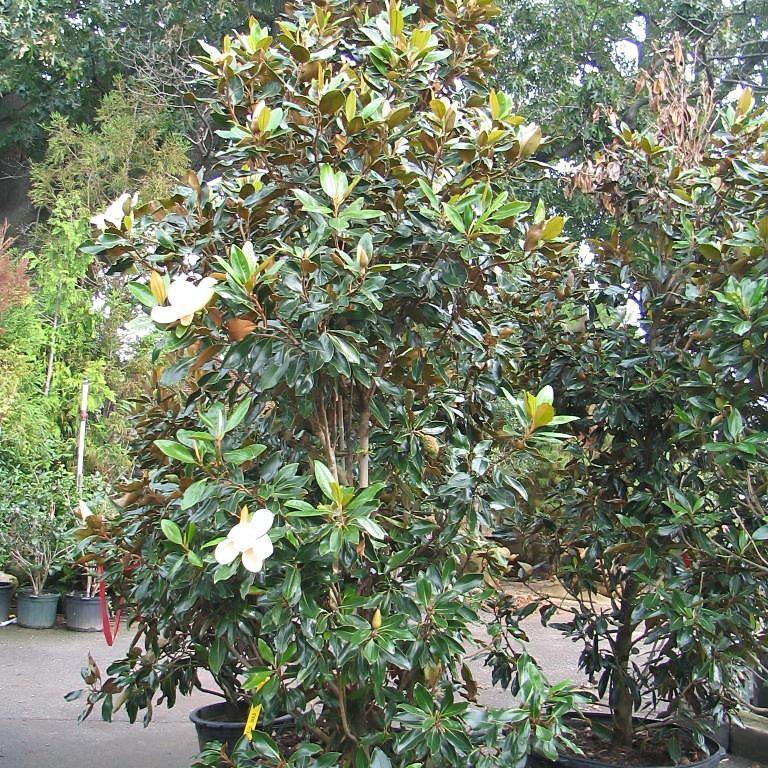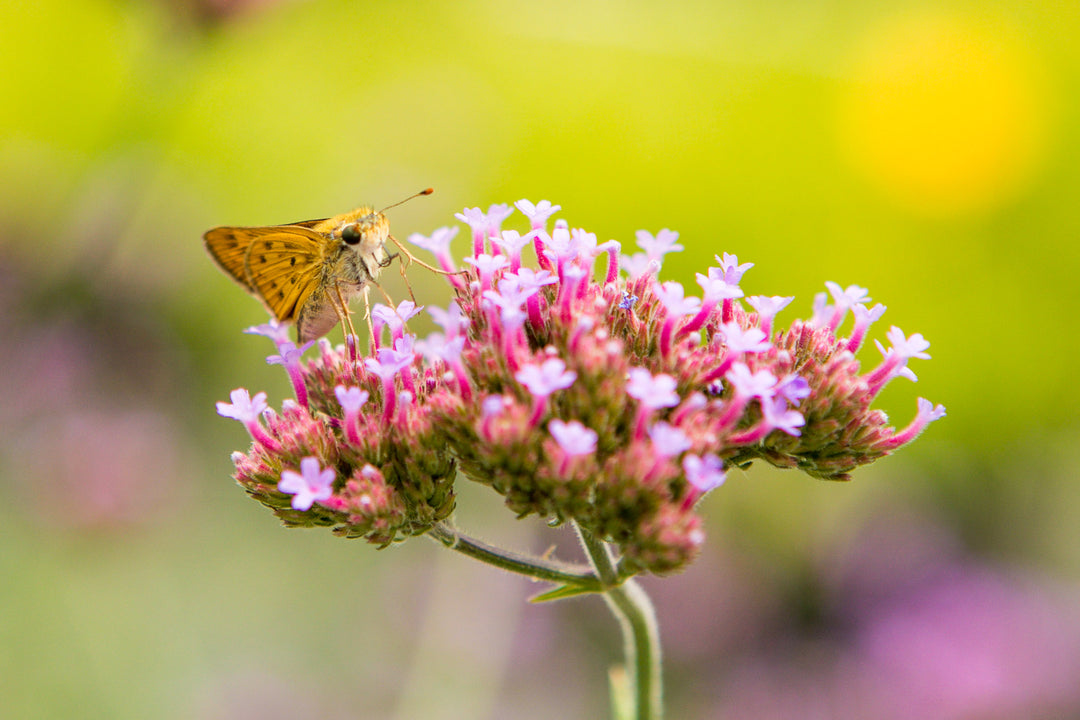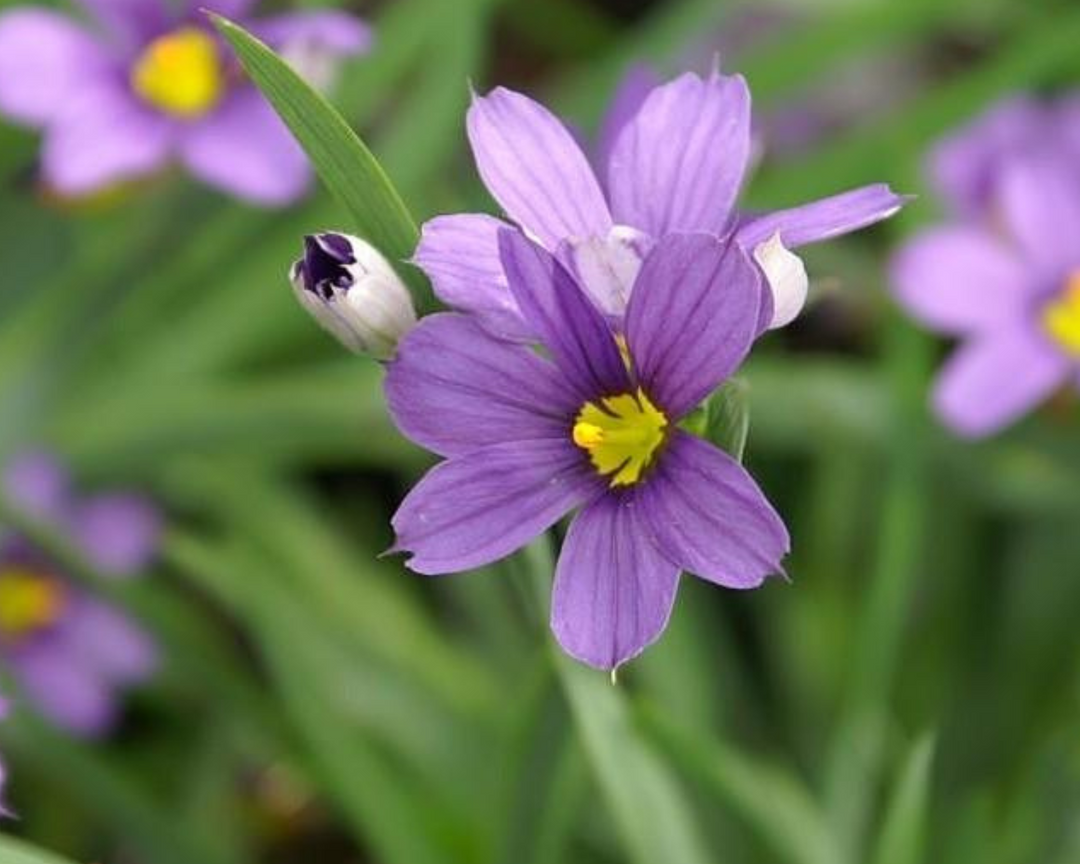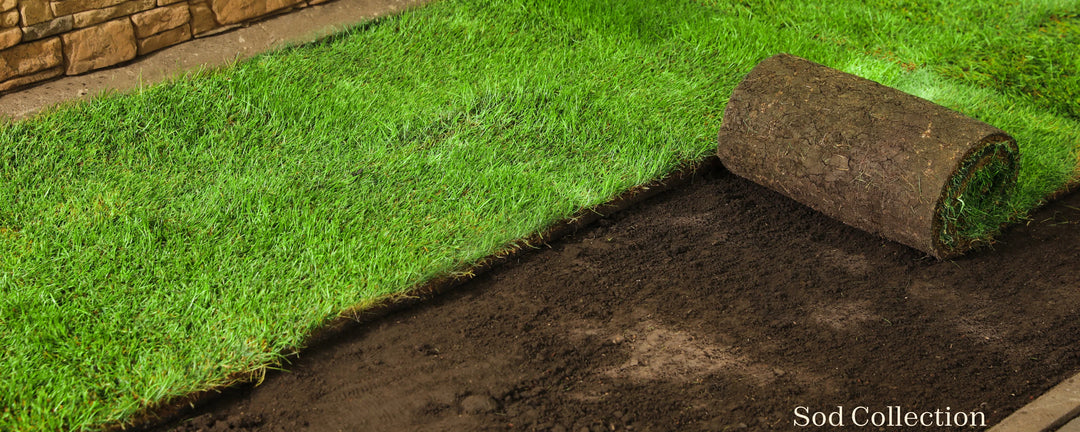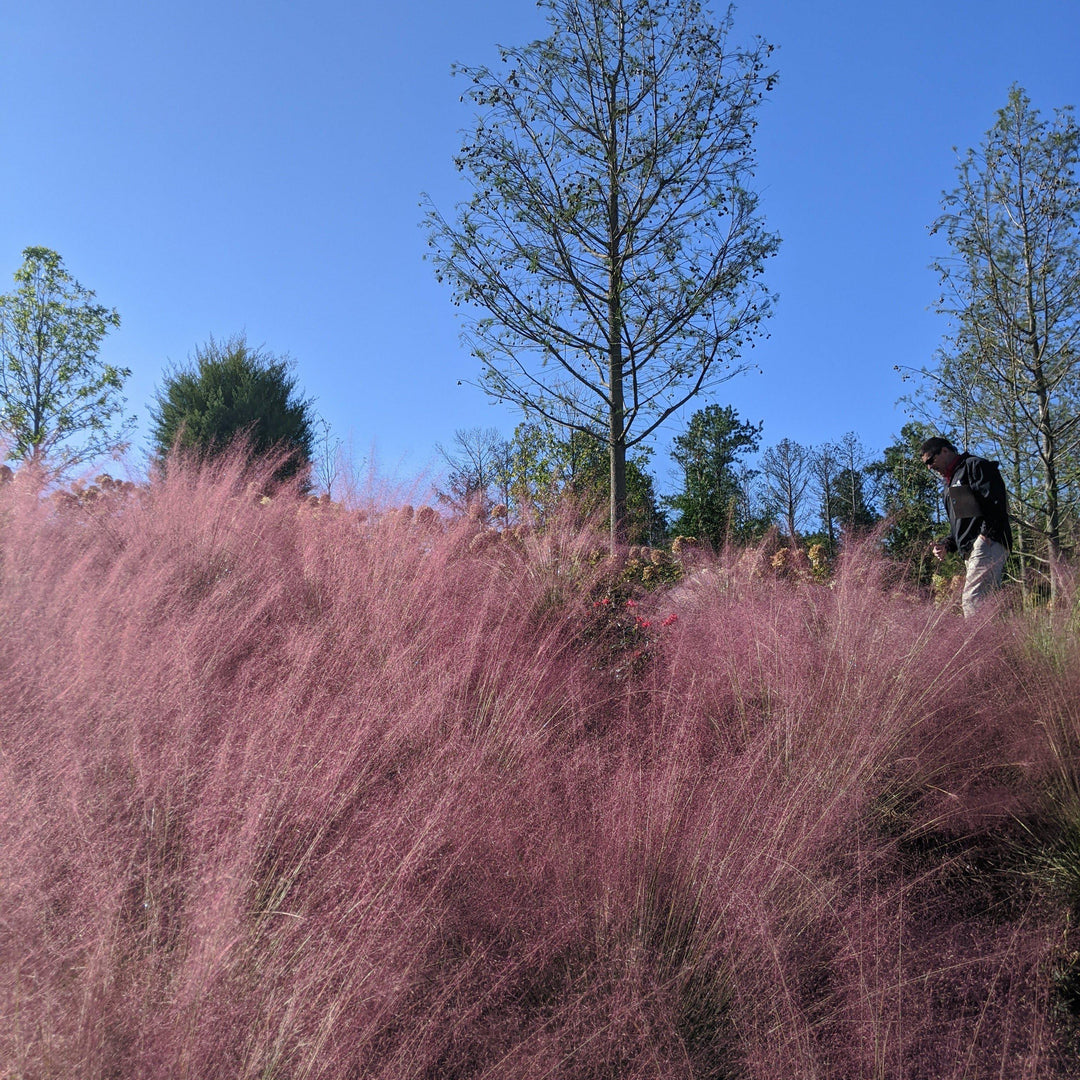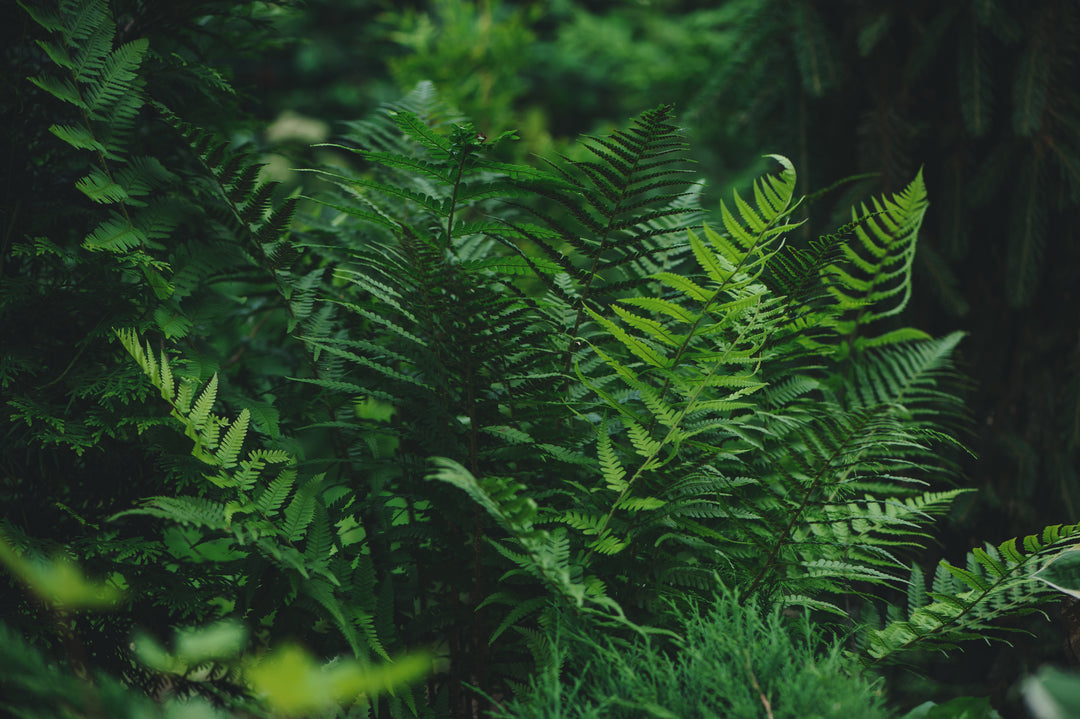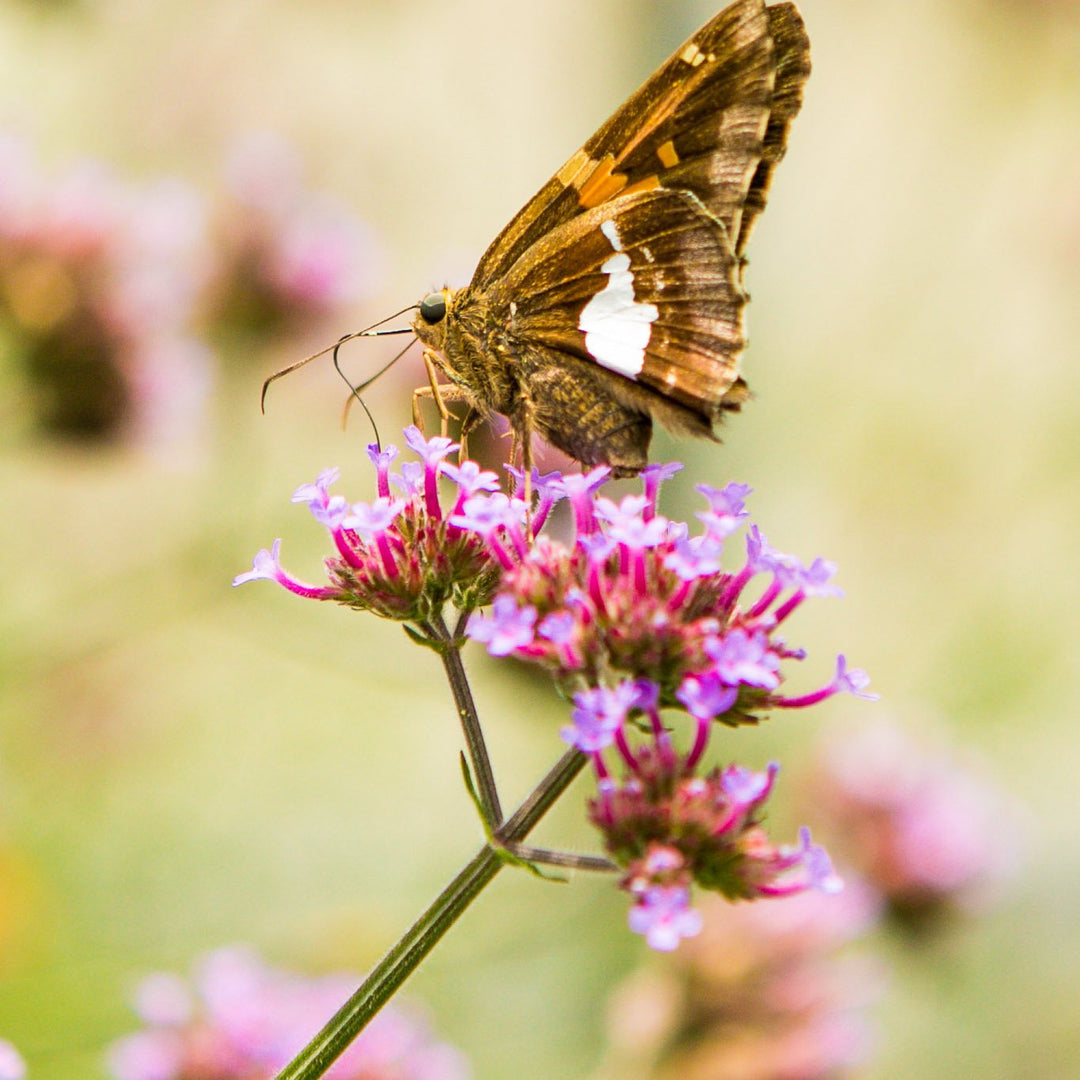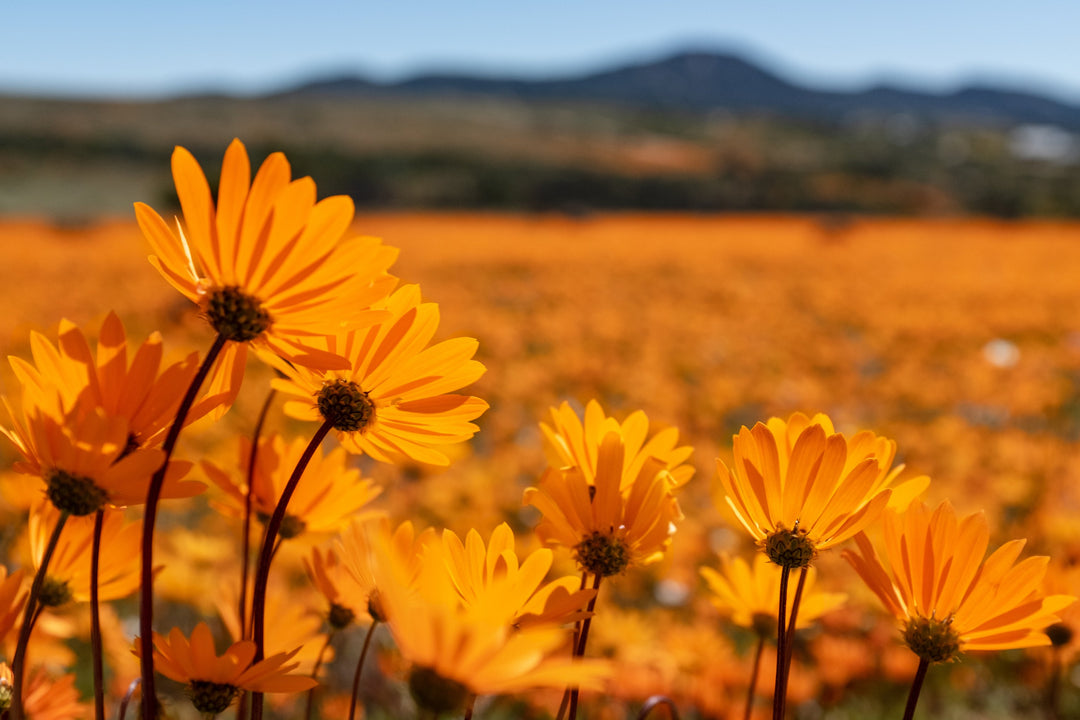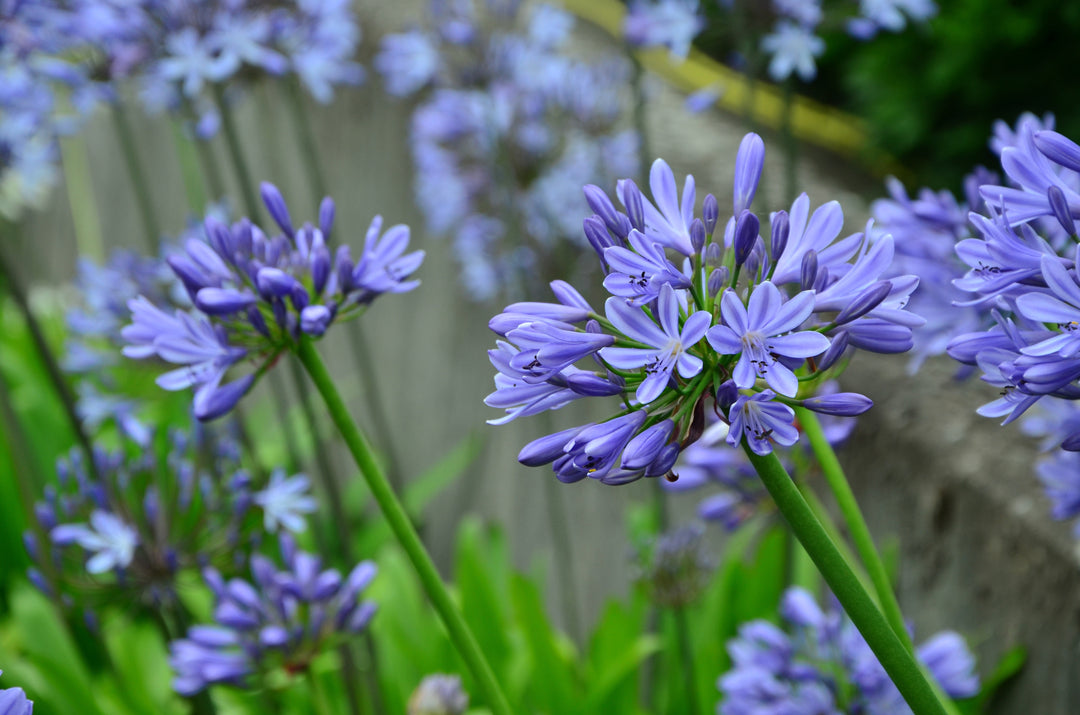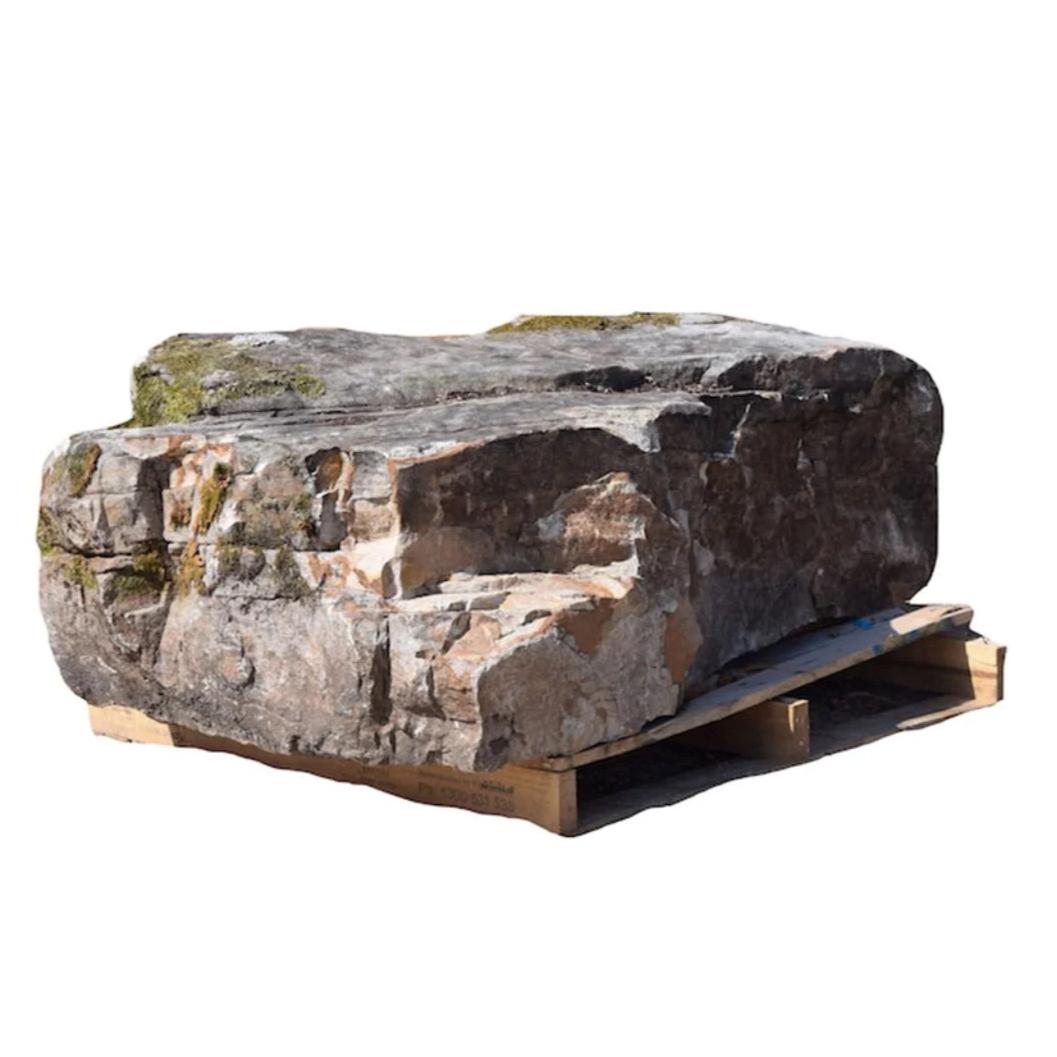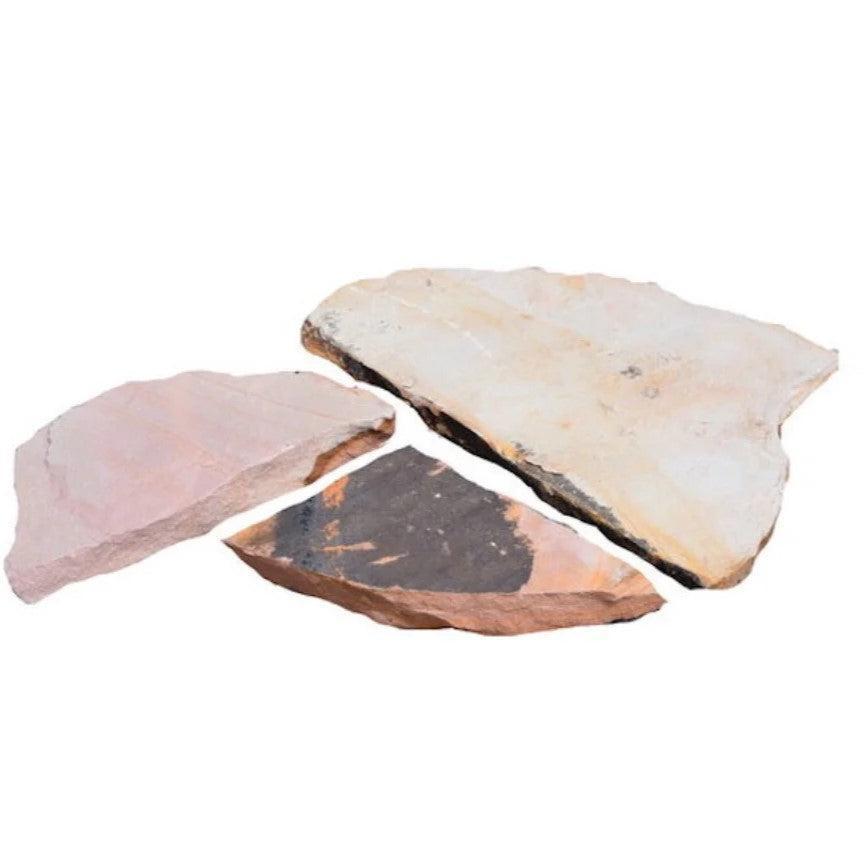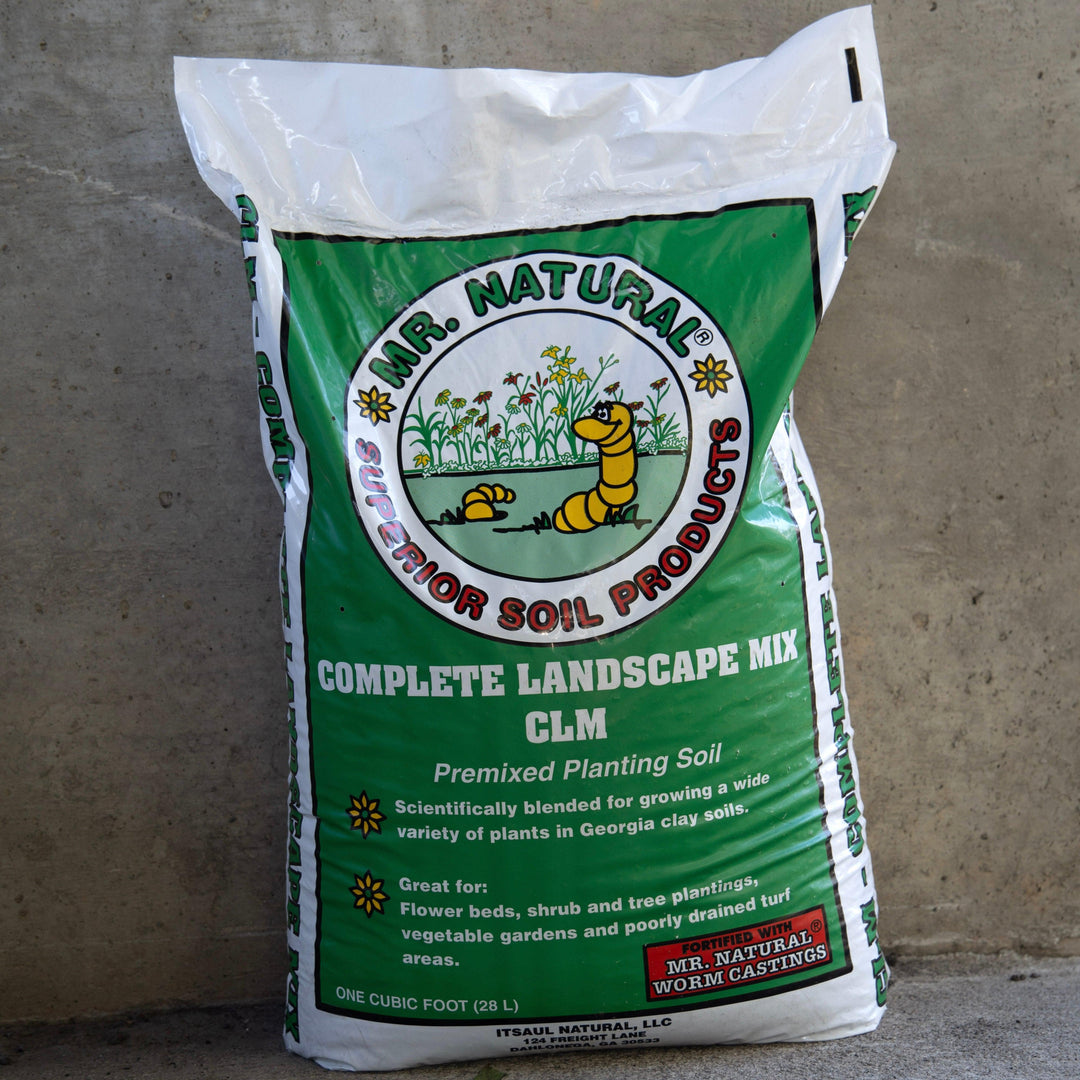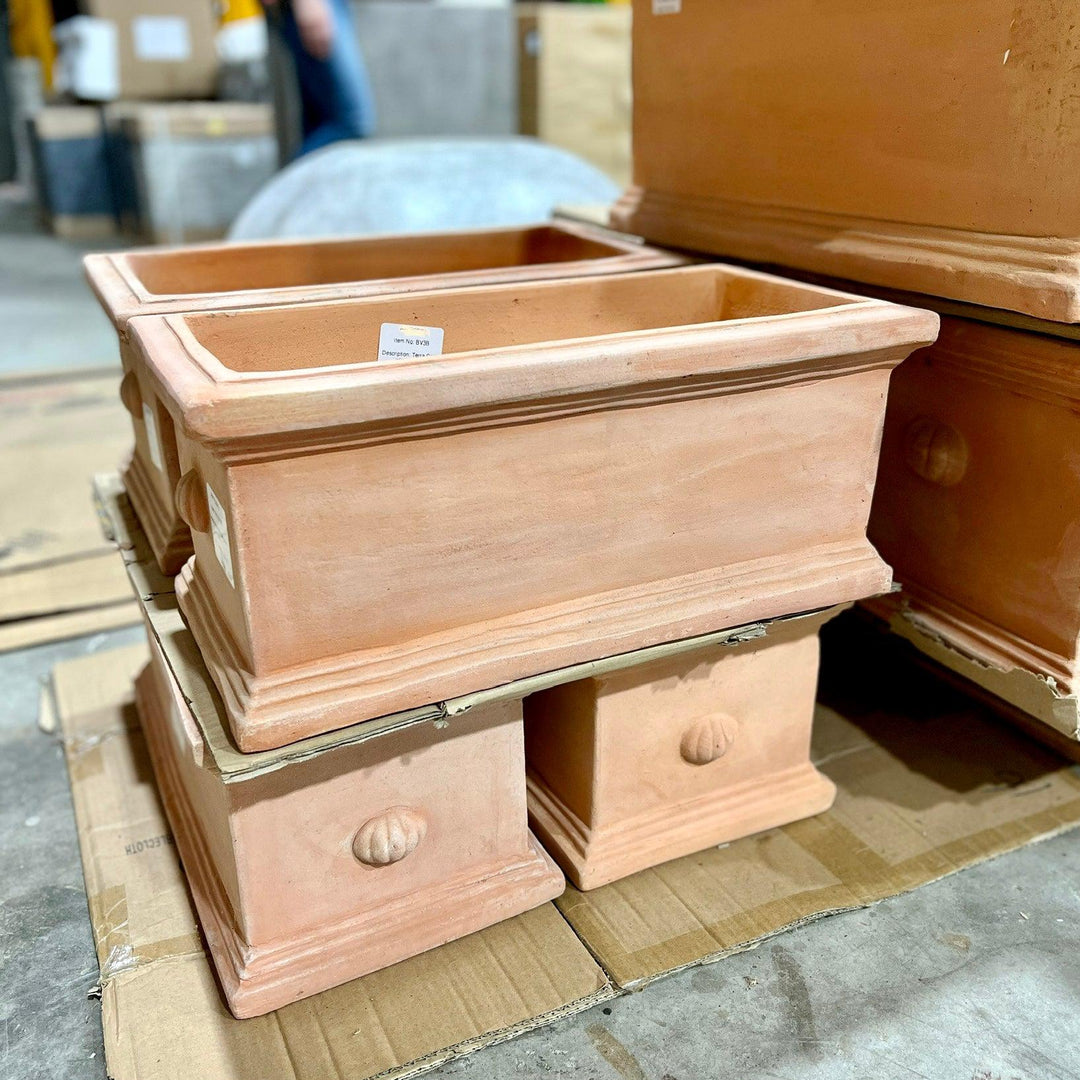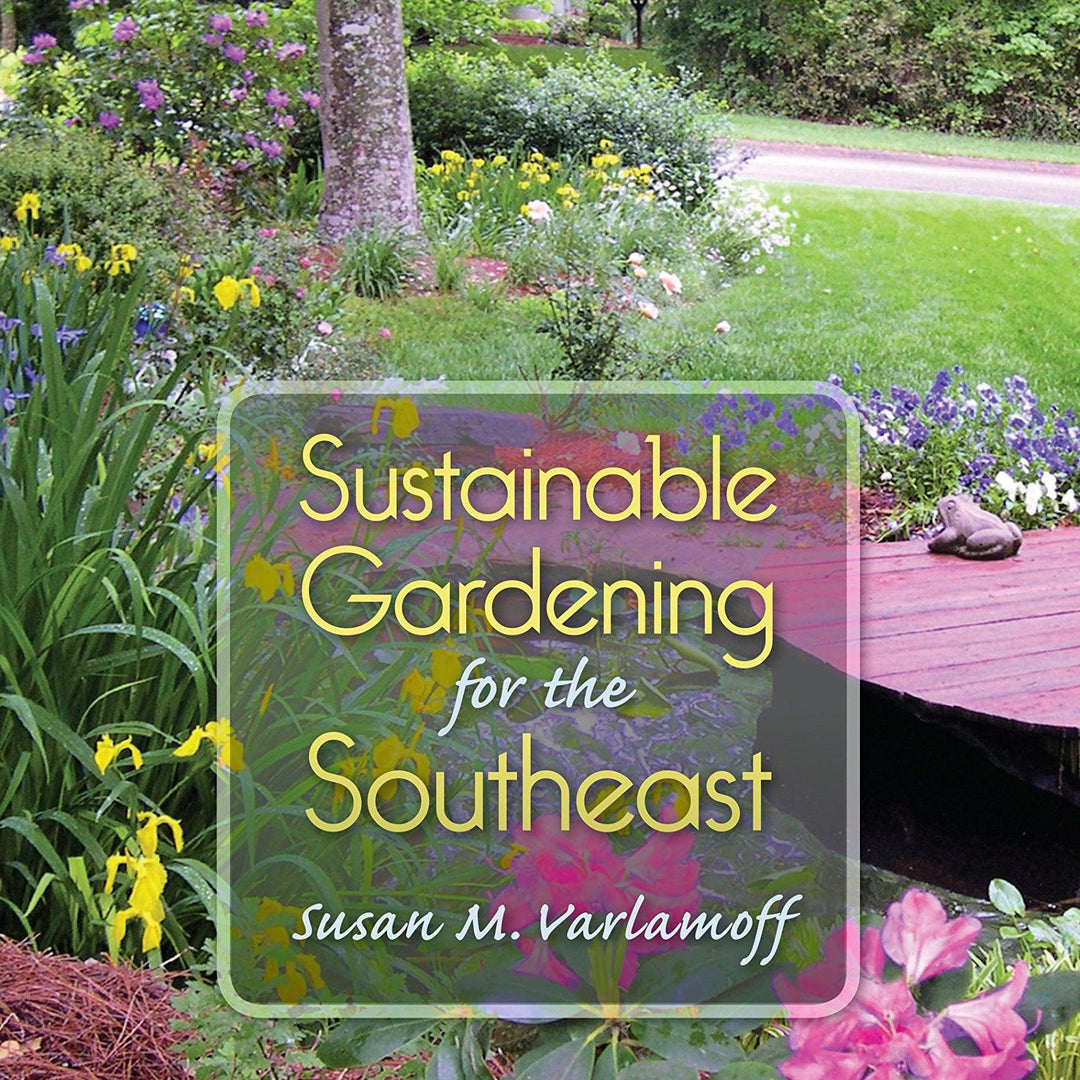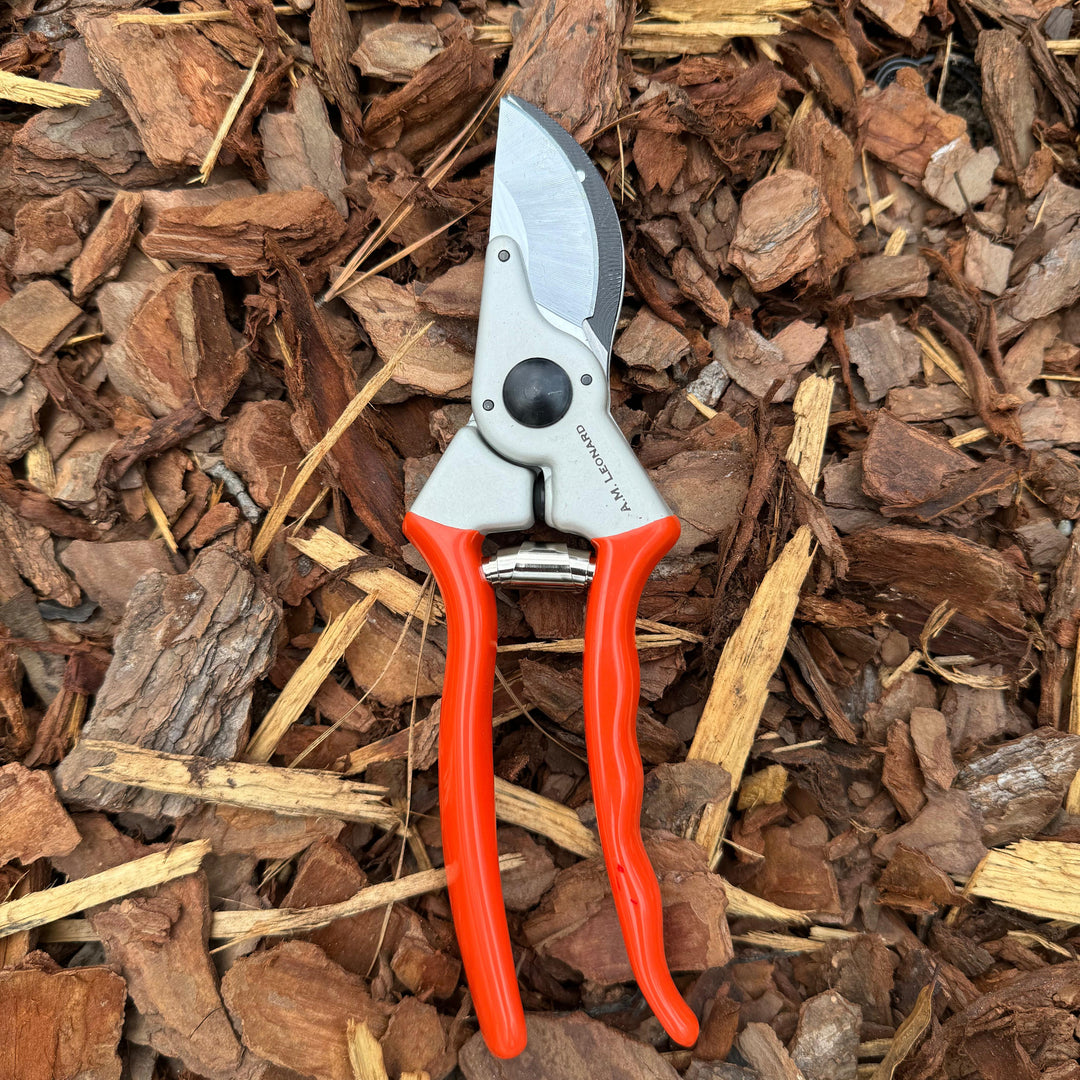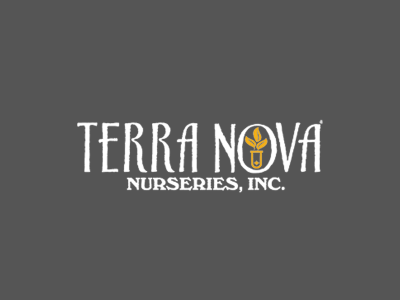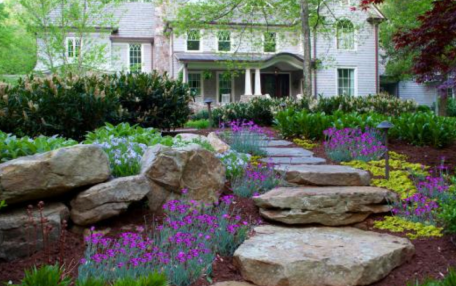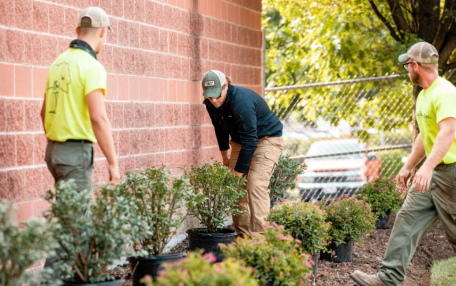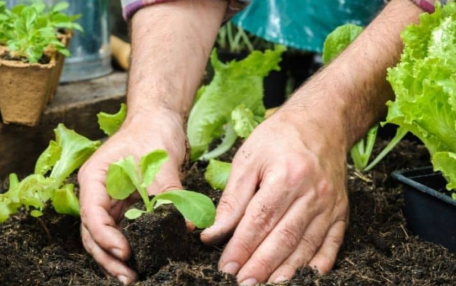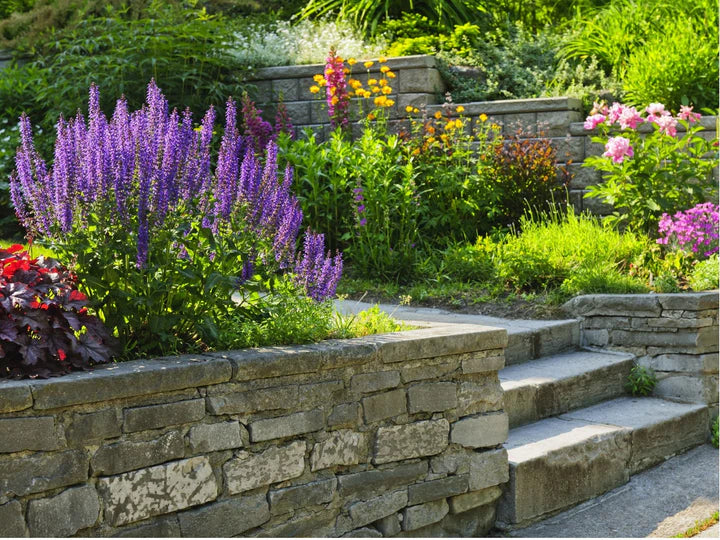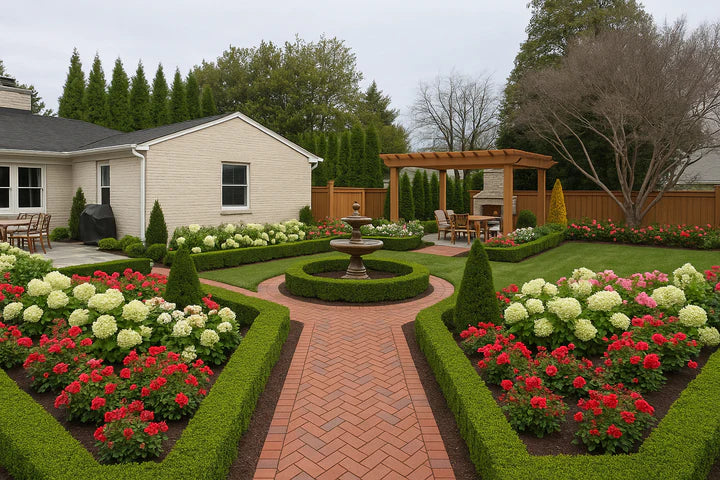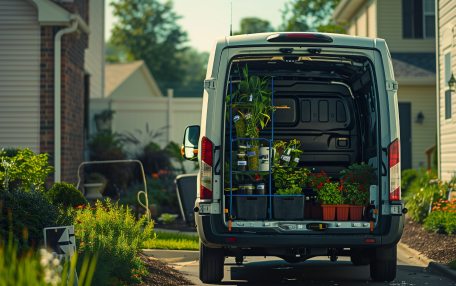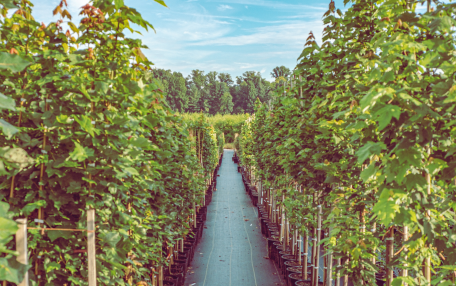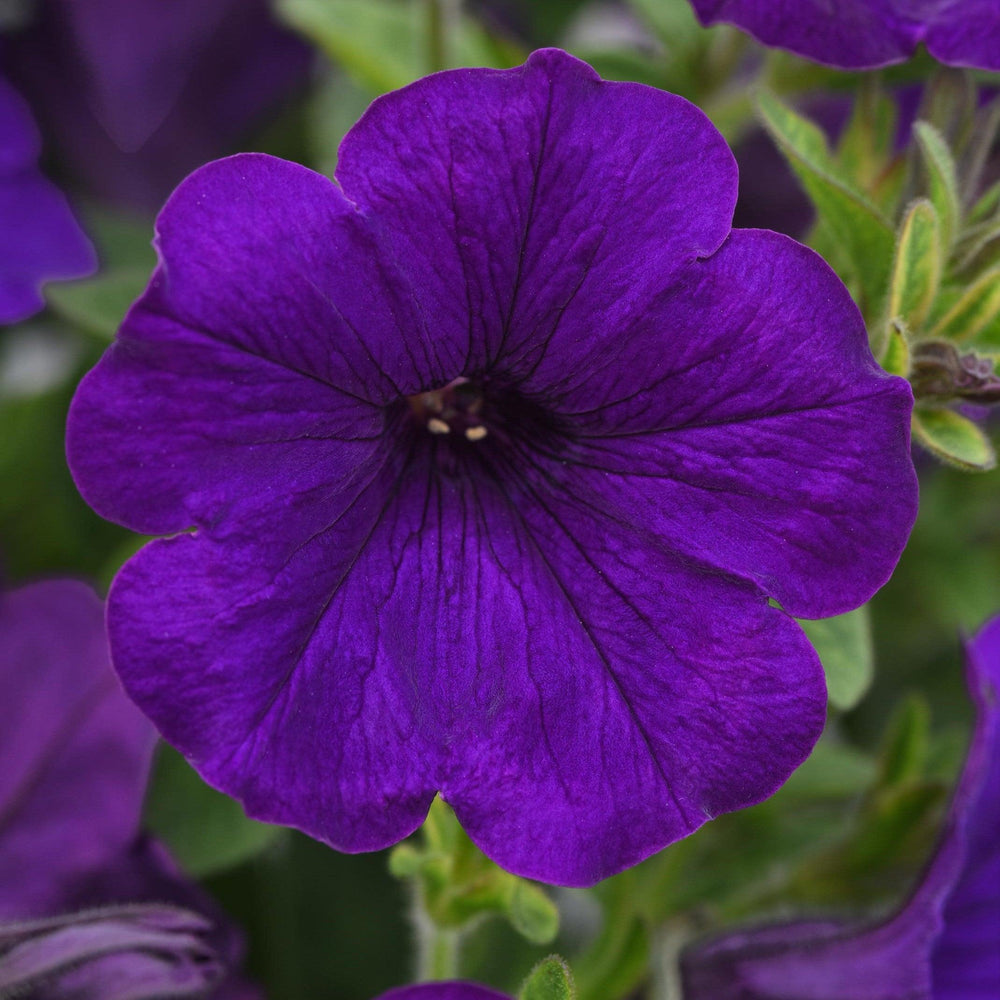5 Fall Design & Planting Tips from Expert Designers
If you love plants, working in your landscape is likely enjoyable any time of year. But creating and planting a beautiful, functional landscape design is especially fun during the fall when the changing colors create a whole new palette to work with.
So how can you make the most of this season in your garden? From composting to not seed heading, we rounded up the top tips from five ServeScape landscape designers. Keep scrolling to learn more.
1. Compost your leaves
Keep your plants warm and healthy this fall and winter. Bernie Kida, Landscape Designer, is passionate about using fallen leaves as compost.
"I hate throwing money away. That's what I was doing every fall when I would line up my lawn and leaf bags packed with fallen leaves at the curb for garbage pick up. I did not realize I was taking next year's potential compost (nature's slow-release fertilizer) and leaving a valuable commodity curbside.”

Instead of bagging those leaves (and paying extra for yard debris pick up), Bernie has a better suggestion. “Mow your leaves with a mulching mower and mix them with the summer's grass clippings and kitchen compost. The ideal ratio is four parts "brown" with one part "green" grass clippings and kitchen scraps.”
The size of your yard and the number of leaves will determine how large of a compost area you'll need. If you don't want to compost you can mow, mulch, collect your leaves, and spread them around your garden beds. Nature is very forgiving.
The benefits of composting includes:
- Enriches soil, helping retain moisture and suppress plant diseases and pests.
- Reduces the need for chemical fertilizers.
- Encourages the production of beneficial bacteria and fungi that break down organic matter to create humus, a rich nutrient-filled material.
- Reduces methane emissions from landfills and lowers your carbon footprint.
“You'll spend less on fertilizer too because you won't need as much and it's organic! Your plants will thank you and you'll save money,” he says.
2. Buy contrasting plants
Make the most of fall colors by purchasing a variety of plants. According to Skyler Keeney, Landscape Designer, “Buy plants with different fall colors and dormancy cycles.”
She continues, “For example, Red Maples and Dogwoods both have red fall colors and defoliate early. Mix it up for extra contrast with grasses, shrubs, conifers, and plants that have yellow/orange fall color or defoliate later in the season.”

Example plants include
- Fire Chief Arborvitae
- Japanese maples
- Ginkgo
- Sourwood
- Chinese Tallow Tree
- Hickory
- Chinese Pistache
The list goes on. “Something with interesting bark like Acer Giseum or River Birch is always interesting!” she says.
3. Leave seed heads for wildlife
Take care of wildlife this season. Tonya Meeks, Landscape Designer, recommends leaving seed heads on dead plants during fall, rather than pruning off the dead flowers.
“Leave seed heads on plants, such as Echinacea/Coneflowers. The remaining seeds are great for wildlife like birds who need a food source. Also, doing this can create winter interest.”

Heather Andignac, Landscape Designer, agrees. “Echinacea Purpurea or Purple Coneflowers provide nectar for birds and bees all summer. Blue jays, cardinals, and goldfinches enjoy eating the seeds from spent flowers.”
It’s also easier on you as the gardener, Tonya explains. “When you practice methods like that it can make gardening easier, less effort, and you are doing something positive for our ecosystem which in turn is helpful to humans as well.”
4. Plant hydrangeas for the color and visual interest
Trees aren’t the only plants for great fall color, says Heather Andignac. Hydrangeas are an excellent fall plant.

“Oakleaf Hydrangea leaves turn a brilliant red and stay vibrant until the first heavy frost. Also, leave blooms on your Limelight Hydrangeas for fall and winter interest.”

Extra tip: Speaking of interest, consider planting options that offer a lovely fragrance. “Tea Olives are still giving great scent in my garden! I love them for their evergreen leathery leaves year-round,” Heather says.
5. Clean and look for planting gaps

"Start by cleaning up your garden to make gaps easier to see," Mario Cambardella explains. "For example, remove dead limbs and cut back diseased perennials (don’t remove all dead leaves from beds though - your plants and pollinators benefit from the debris)."
Take note of places that are visually bare. If you have a perennial garden, consider adding annuals to fill in gaps.
Work with a designer this fall
Need design expertise to create the landscape of your dreams this season?
The Designer Marketplace is your one-stop shop for Atlanta landscape design. Begin your design journey today. Our Atlanta landscape designers can’t wait to work with you!
